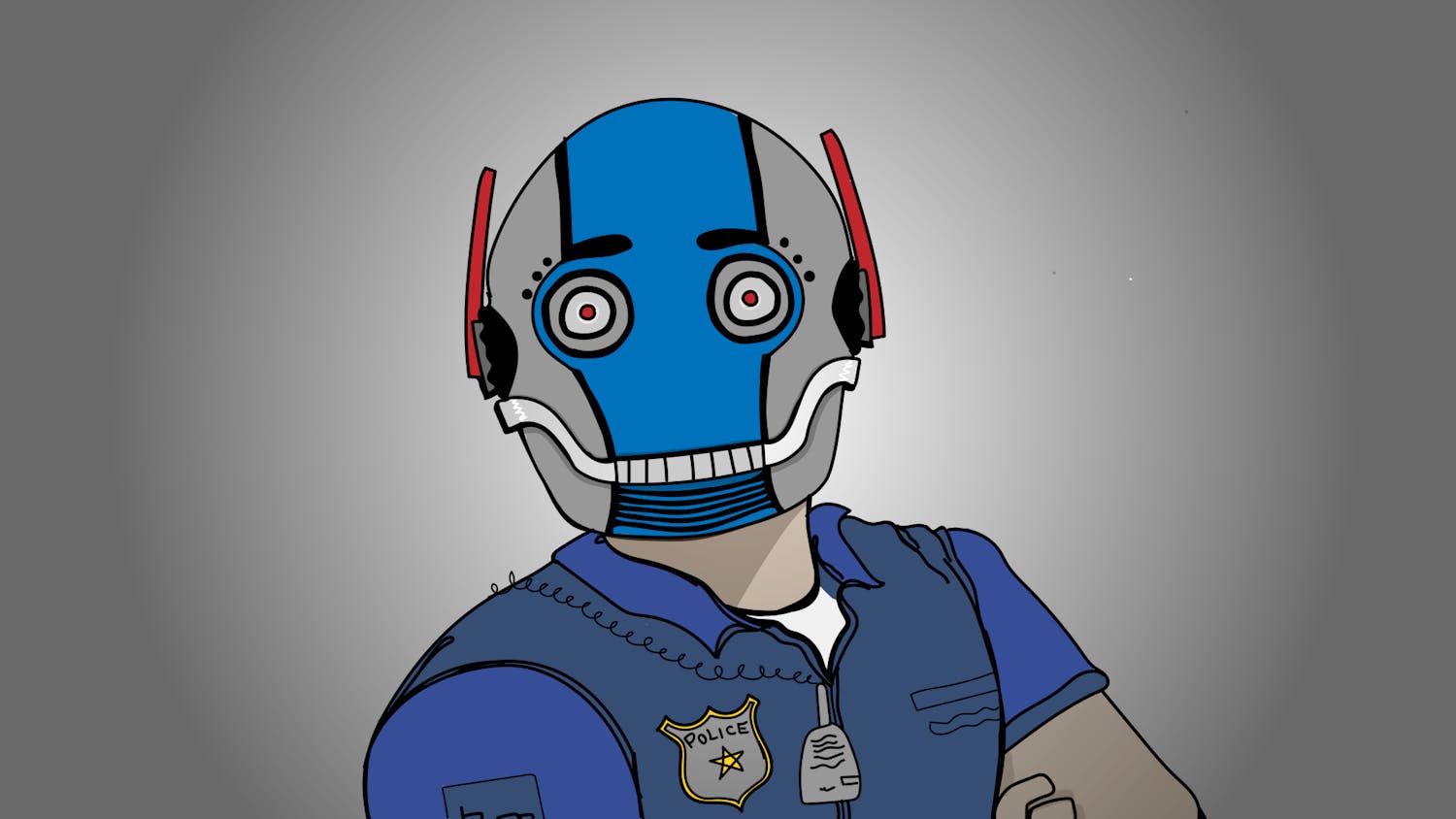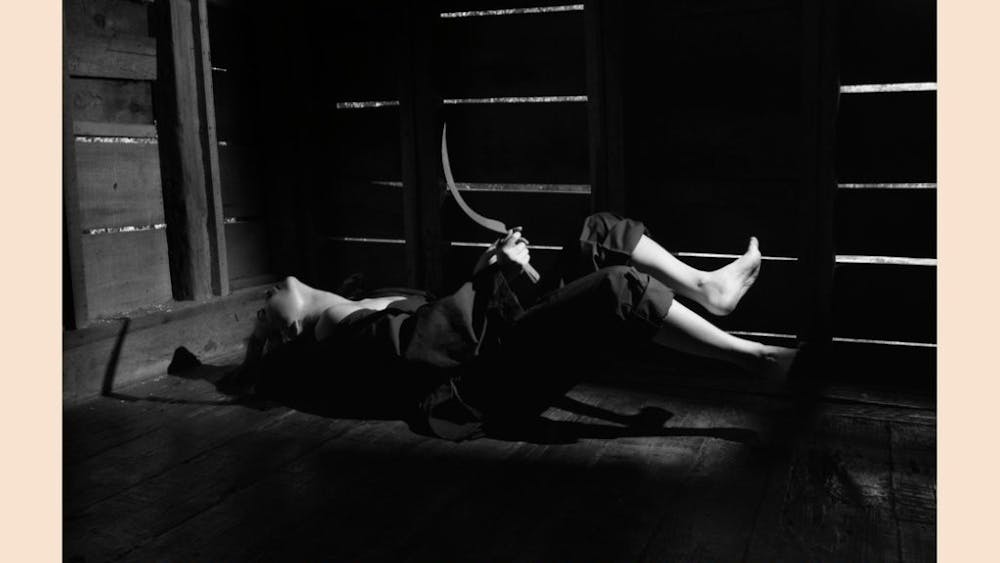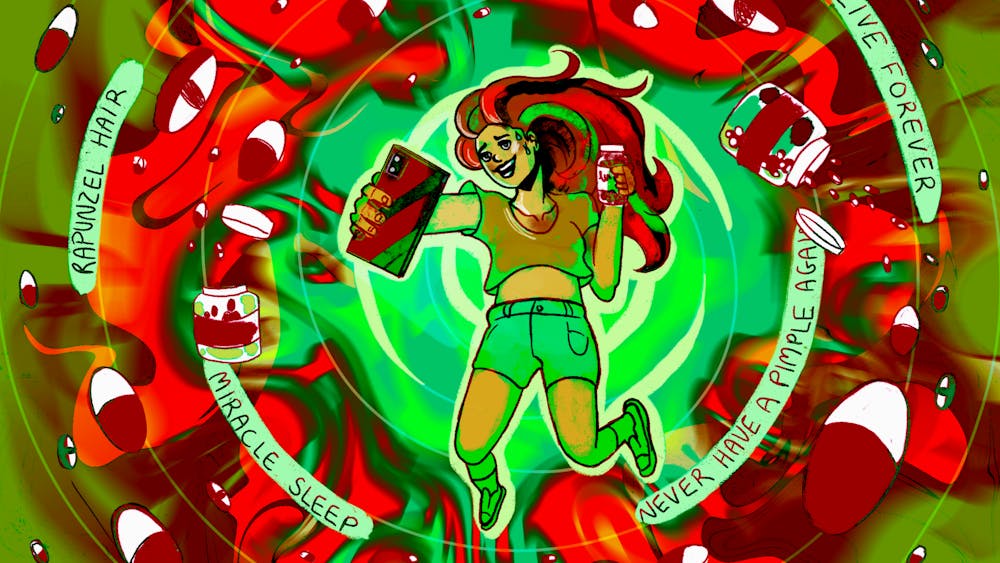Today, this gay man’s version of the Holy Virgin Mary returns to primetime television with braces, thick glasses and a poncho from Guadalajara. “Ugly Betty” – alternately known as Queer Betty in my world – is back. It is a show that brings laughter, tears, serious life lessons and, most importantly, stories to which we can ALL relate every single week. Betty’s made me a believer – ugly is the new beautiful.\nIt’s often hard for me to identify with characters in popular entertainment. I can appreciate the broader experiences and sagas about love, friendship, isolation and belonging. But it gets a little tiresome when I only see these human dramas unfold between Rachel and Ross or Dr. Grey and Dr. Shepherd or any of the other millions of heterosexual couples on TV or the movies.\nOn the few occasions when major gay characters appear, they typically are not well-developed or complex. We see the flaming, eccentric funny gay; the evil, eccentric side-kick gay; the asexual, best-friend, be-there-when-your-boyfriend-dumps-you (and still usually a little eccentric) gay.\n“Will and Grace” tried to be progressive and it had a few funny and provocative moments, but for me, it never adequately touched the complexity of queer culture and experience. Like most shows with gay themes, it typically fell back on the quirky/best-friend gay caricatures and it used sexuality primarily as the punch line, something to laugh at or something to make the audience uncomfortable.\nAfter a lifetime of exclusively heterosexual storylines or gay characters to which I couldn’t (and didn’t want to) fully relate, it’s refreshing and encouraging that “Ugly Betty” has crossed so many boundaries in such a short time.\n“Ugly Betty” chronicles the life of an openly-gay administrative assistant who struggles with the process of coming out to his mother; an adorably swishy adolescent who loves musicals, fashion, and all that is fabulous and whose family loves and supports him regardless of the gender roles he fits or breaks; and a transgender (male-to-female) character who fights for family acceptance and regularly confronts deeply-rooted social prejudice and intolerance. And that only scratches the surface of the issues this program explores.\nBut the beauty of “Ugly Betty” is that we see not only the complexity, depth and uniqueness of various queer characters, but also the similarity of their experiences and concerns with those of other characters. It’s a magical balance of honoring and recognizing diverse experiences while building closer relationships through shared emotion. The feelings and reactions of the gayest characters relate to problems we all experience, particularly as each one of us struggles with issues of self-acceptance, being true to ourselves, and living with honesty about, and taking pride in, our many identities.\n“Ugly Betty” invites us to reject the shame that others impose when we don’t fit a mold or a supposed norm and replace it with understanding and acceptance. And she gets you to laugh while doing it.\nWe’re all a little queer. Embrace it and enjoy it.
All bets on Betty
Get stories like this in your inbox
Subscribe





